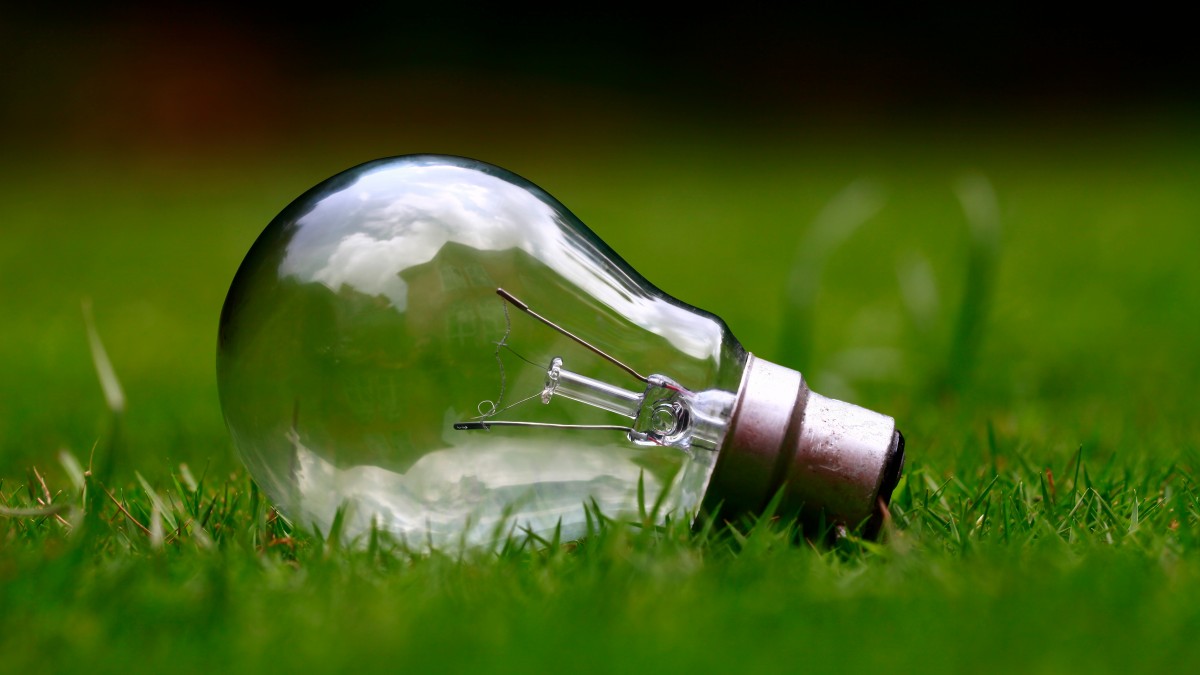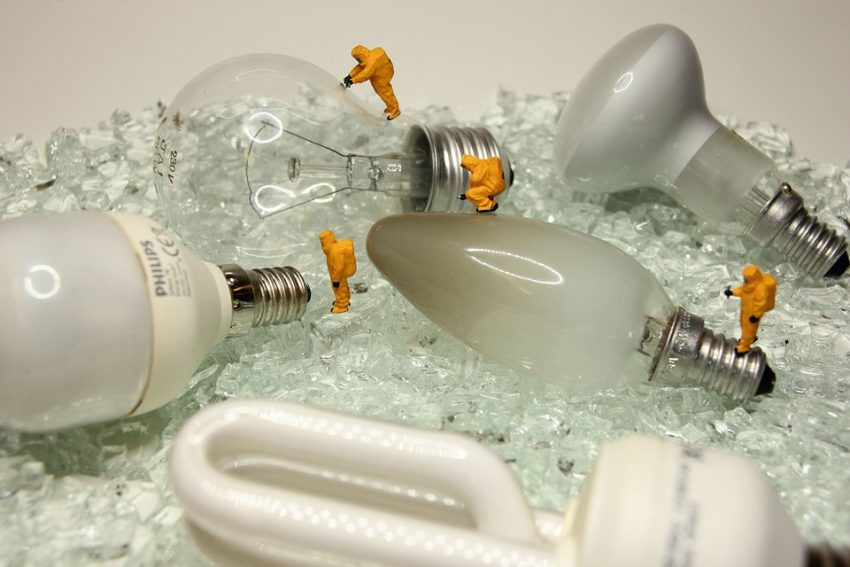Summary
How to sort bulbs?
Where to deposit the bulbs to be recycled?
Different types of bulb recycling
Participating in recycling your light bulbs is essential for a good citizen. Light bulbs produce waste, and you should not proceed to their elimination lightly. The means put in place in our local communities to carry out this recycling are more and more numerous. Let’s see closer below about recycling light bulbs.
How to sort the bulbs?
The bulbs to be recycled are usually identified with the symbol “crossed-out garbage can”. Look for these symbols, and they will help you in your sorting!
You can throw all incandescent and halogen bulbs away with household waste. They do not contain any components that require special treatment, which allows for regular disposal.
Good to know: since 2018, halogen bulbs have been phased out of commerce, but retailers can sell them until they run out of stock.
On the other hand, some bulbs must be collected:
- Fluorescent tubes;
- Compact fluorescent lamps (or low consumption): fluorescent tubes and compact fluorescent lamps contain mercury. To preserve our environment and avoid pollution of the atmosphere, soil, or water, this component must be recycled or neutralized;
- LED lights: LEDs are considered an electronic component and, as such, are recycled.
Where to deposit the bulbs to be recycled?

The bulbs to be recycled are deposited in specific collection containers set up and managed by the non-profit eco-organization approved by the public authorities. You can easily find them at the entrance of some supermarkets.
Distributors are required by law to take back your used light bulbs on a 1:1 basis, meaning you must buy the same number of bulbs as you bring back.
Good to know: Waste collection centers and many local authorities now organize the collection of light bulbs.
Different types of bulb recycling
The organization that collects these containers takes them to recycling plants for processing.
Glass from used fluorescent tubes is recovered and then used for manufacturing new tubes.
Glass from other bulbs: is recovered to make abrasives and insulators.
The iron, aluminum, and copper, i.e., the metals of the contacts and bases, are reused in the manufacture of new products.
Plastics are thermally recovered, i.e., incinerated.
Mercury, a toxic mineral that does not degrade, is recycled or neutralized. Its strong propagation in the atmosphere, in the ground, or the water would be harmful to our environment.
How much does a light bulb cost?
Let’s talk about the price of light bulbs. According to the different technologies and their evolution, you can choose between an incandescent bulb, a low consumption bulb, a halogen bulb, a LED bulb, or a neon. There are significant differences in the price of light bulbs depending on the technology…
Selecting a bulb means choosing it according to its use, the lighting requirement of the room, a lighting system that will receive it, desired characteristics, price, and then the performances put forward by the manufacturer in terms of efficiency, consumption, and lifespan. A reasonable consumer will evaluate if his budget seems consistent with the bulb’s price.
Hope this post has brought you some light on how you can contribute to saving our planet by helping in the recycling of your bulbs. Please, feel free to share your thoughts in the comments below.


2 thoughts on “How Can I Contribute to Bulb Recycling”